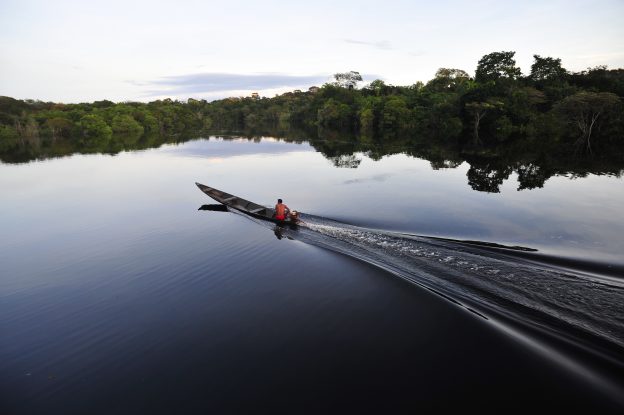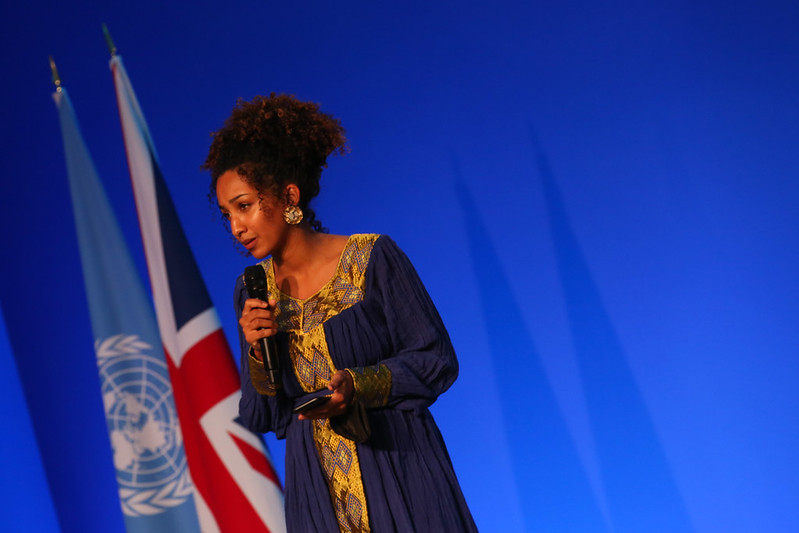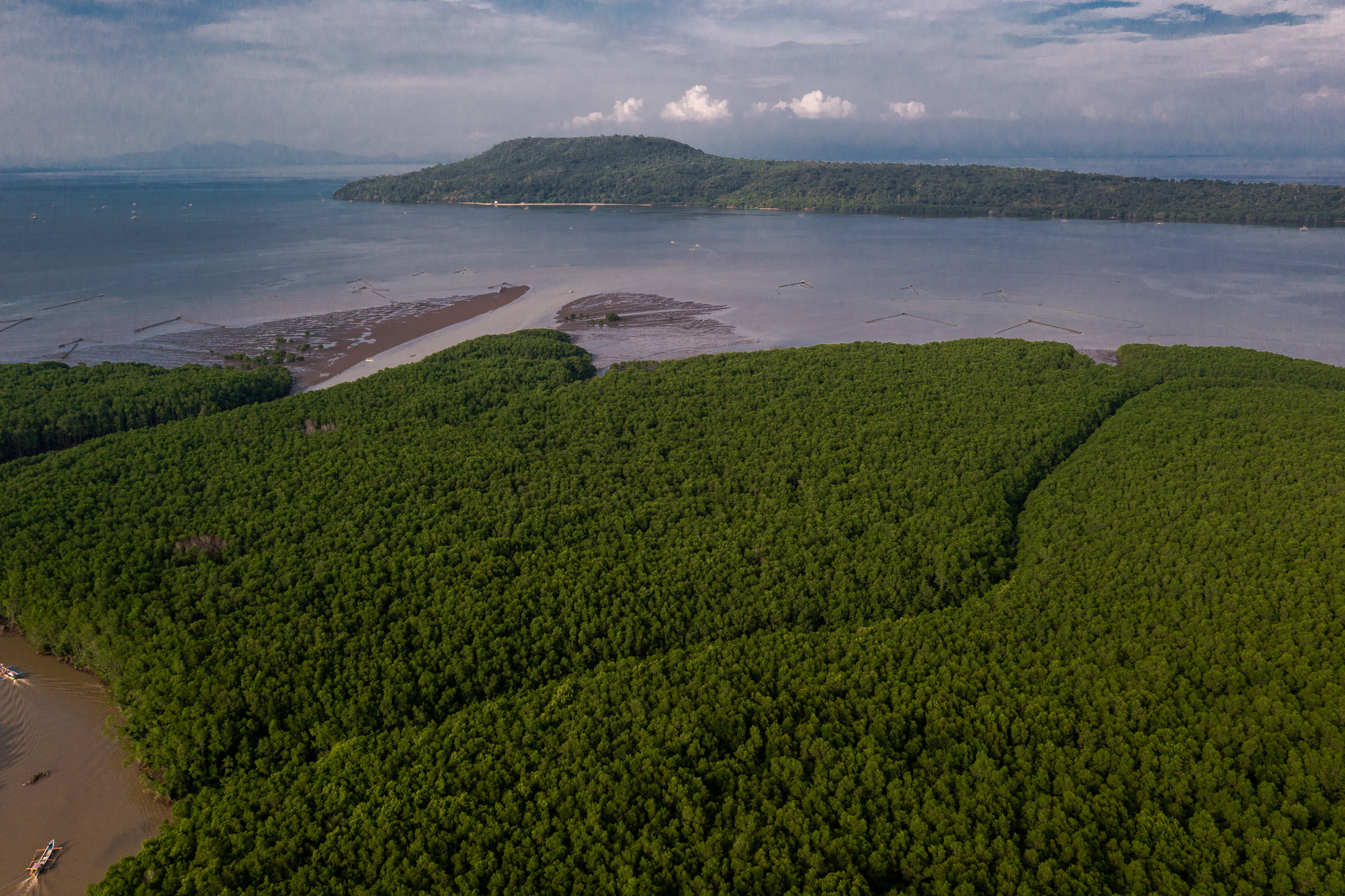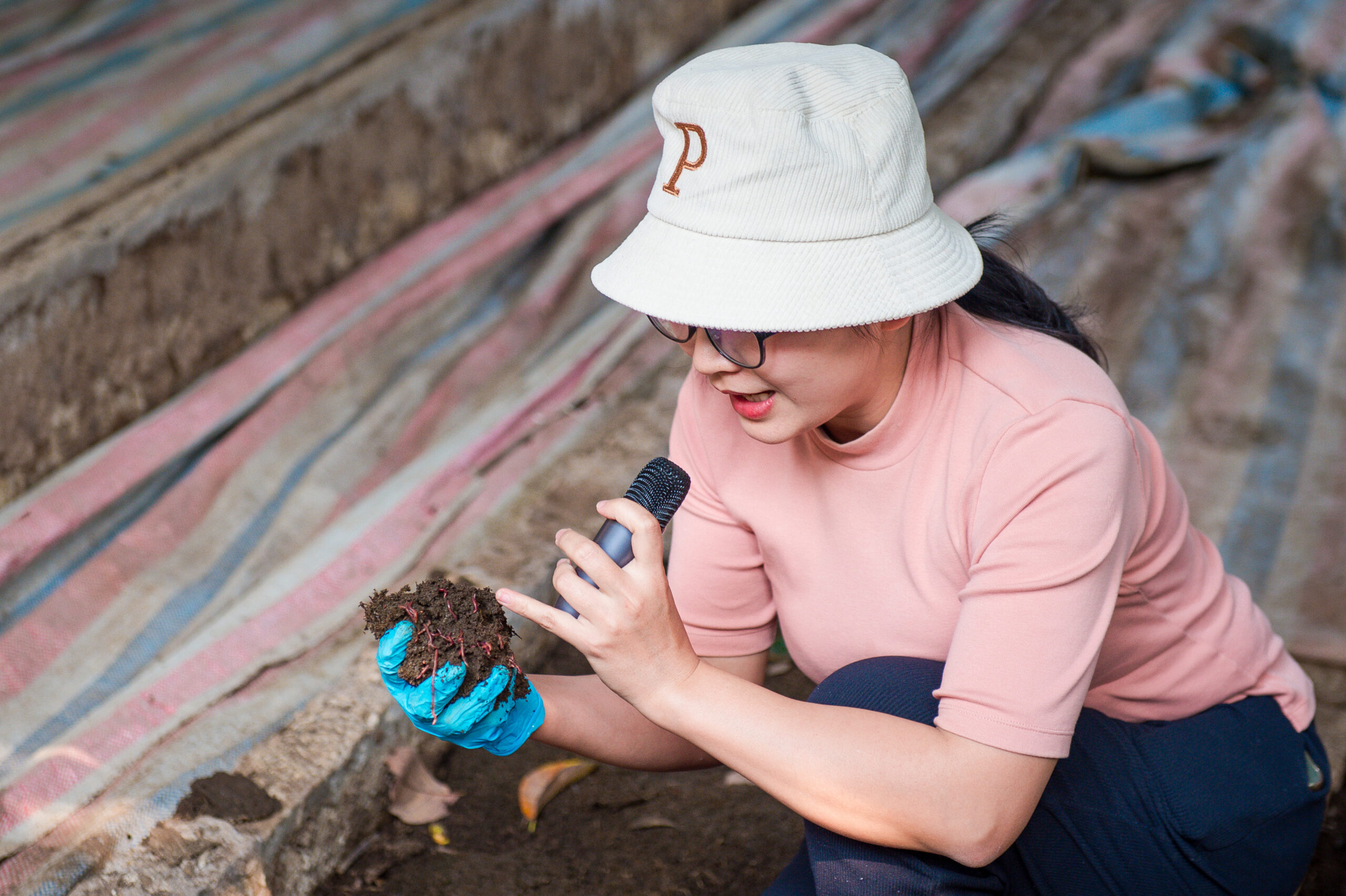Scientists with the Center for International Forestry Research and World Agroforestry (CIFOR-ICRAF) participated in more than 30 events on the sidelines of the U.N. COP26 climate summit in Glasgow — many of them hybrid, with some participants on site and others online.
It was a significant year for forests at the annual summit, which was canceled last year due to the COVID-19 pandemic. In addition to the Declaration on Forests and Land Use, several other commitments were made to protect forests and ecosystems, supported by public and private financing.
In an effort to address a quarter of greenhouse gas emissions caused by agriculture, forestry and other land-use, 45 governments pledged to protect nature and transform farming practices to make them more sustainable. The pledge includes investments to help build resilience against extreme weather events.
It also recognizes that farmers are on the frontlines of the fight against climate change and that urgent action on land use is needed as food demand grows. Deforestation, degraded soils and ecosystems have negative consequences for production, threatening to curtail their livelihoods.
Contributions from CIFOR-ICRAF scientists, partners and friends at the summit demonstrated that concrete action on climate change is not only possible, but already underway.

Mercy Owusu Ansah, director, Tropenbos Ghana; Michael Brady, principal scientist and team leader, value chains, finance and investment; Bas Louman, program coordinator, Tropenbos International, presenters on the Developing an Investment Case for Inclusive Food System Transformation panel at the Global Landscapes Forum, University of Glasgow, COP26 climate summit.

Haruni Krisnawati, senior researcher in the Research, Development and Innovation Agency, Ministry of Environment and Forestry of Indonesia. 
Michael Brady, a principal scientist and leader of the Value Chains, Finance and Investment team at CIFOR-ICRAF, presents in the Peatlands Pavilion at COP26. 
Faizel Parish, Global Environment Centre, presents in the Peatlands Pavilion at COP26. 
Dominick Spracklen, University of Leeds, presenting at Scaling-Up Justice And Social Equity In The Design Of Fire-Free Peat Land Governance in the Peatlands Pavilion, COP26 climate summit. 
Alue Dohong, Indonesia’s vice minister of environment and forestry, speaks in the Indonesia Pavilion at the COP26 climate summit in Glasgow.

Houria Djoudi, a senior scientist with the Center for International Forestry Research and World Agroforestry, speaks at “Strengthening Gender and Youth Engagement in Climate Action: A Focus on NDC Implementation,” in the Commonwealth Pavilion at the COP26 climate summit in Glasgow.

Houria Djoudi (R) speaks at “Strengthening Gender and Youth Engagement in Climate Action: A Focus on NDC Implementation,” in the Commonwealth Pavilion at the COP26 climate summit in Glasgow. Panelists (L-R) Catherine Allinson, Director, Future Earth Ltd.; Ruth Phillips-Itty, Commonwealth National Climate Finance Adviser for Saint Lucia; Halima Bawa-Bwari-Bwai, Acting Director, Department of Climate Change and UNFCCC Gender National Focal Point, Nigeria. Session moderator Jevanic Henry, assistant research officer, Commonwealth Secretariat, at podium.

Christopher Martius, managing director of CIFOR Germany, during UNFCCC side event, “Fair and equitable REDD+ finance and benefit-sharing mechanisms for climate goals and justice,” at the COP26 climate summit in Glasgow. 
Anke Herold, executive director, Oeko-Institut, speaks at UNFCCC side event, “Fair and equitable REDD+ finance and benefit-sharing mechanisms for climate goals and justice,” at the COP26 climate summit in Glasgow.

Claudio Schneider, senior director, Conservation International, Peru speaks at athe UNFCCC side event, “Fair and equitable REDD+ finance and benefit-sharing mechanisms for climate goals and justice.” CIFOR/Julie Mollins 
(L-R) Claudio Schneider, senior director, Conservation International, Peru, and Milagros Sandoval Diaz, Ministry of Environment, Peru, speak at UNFCCC side event, “Fair and equitable REDD+ finance and benefit-sharing mechanisms for climate goals and justice.”

The Papua New Guinea Pavilion at the COP26 climate summit. 
A bamboo bicycle at the Indonesia Pavilion at the COP26 climate summit venue in Glasgow. 
The UK Pavilion at the COP26 climate summit in Glasgow.

(L-R) Tony Simons, executive director of Resilient Landscapes and CIFOR-ICRAF; Gary Juffa, governor of Oro province, Papua New Guinea and Nitin Sukh, innovative financing specialist, Resilient Landscapes discuss a new memorandum of understanding at the Global Landscapes Forum in Glasgow. 
Prime Minister James Marape addresses the Global Landscapes Forum on a new memorandum of understanding between Papua New Guinea and CIFOR-ICRAF.
While teenage climate activist Greta Thunberg once again made headline-grabbing speeches covered by major news outlets, other protestors lingered, held vigils, enacted performance art or left symbolic objects outside the gates of the COP26 venue, determined to have their say.

A man stands beside rubbish he has collected from the Clyde River outside the COP26 climate summit venue in Glasgow. 
Protesters outside the COP26 climate summit venue in Glasgow. 
Dresses representing missing and murdered Indigenous women outside the COP26 climate summit venue in Glasgow. 
A poster attached to a wall represents missing and murdered Indigenous women outside COP26 climate summit in Glasgow. 
A man looks at protest signs on the fence surrounding the COP26 climate summit in Glasgow. 
A demonstrator holds a sign at the entrance of the COP26 climate summit in Glasgow.


A protester outside the COP26 gates in Glasgow. 
Protestors outside the COP26 climate summit venue in Glasgow.











